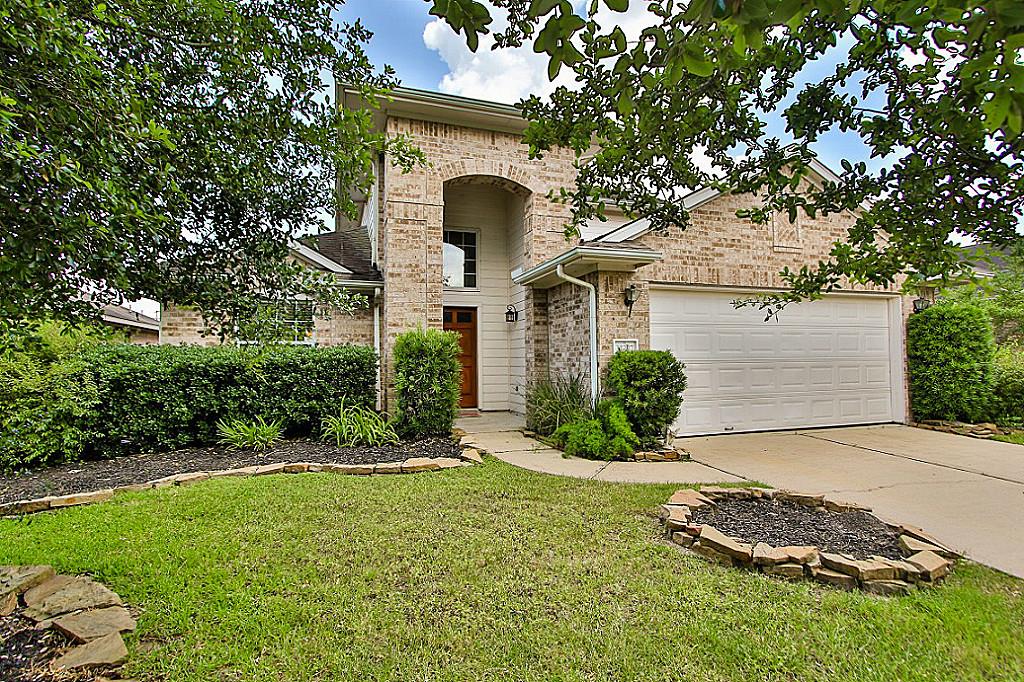Consider the following scenario: You are a successful professional and through hard work and living beneath your means you have managed to set aside some capital. Thus far, your career has been fine but you want something more. You wonder what might be possible if you were to invest the capital you have managed to save in real estate. Would it be possible to create enough of an income stream to achieve financial independence? Or put a different way, can this investment lead to an income stream that would give you the freedom to invest your time how you want, rather than how you must? You start reading and researching and after a while you are overwhelmed with different strategies pulling you in a thousand directions. Good old paradox of choice. But then you take a step back and look at the big picture: You’re not a gambler, or a speculator and you don’t like excessive risk. You want to invest your capital in real estate but don’t want to invest all your time (i.e don’t want it to turn into your full time job). Therefore you eliminate all forms of investing that don’t fit well with your investment personality and risk aversion. You come to the right conclusion that the best strategy to achieve financial independence is a long term investment strategy. Then one day, you read one of my posts on BiggerPockets or stumble on an article from Investing Architect. And it all seems to make sense. It’s a Lego-perfect fit. At which point, you dive into our archives and read until there are no more.
Sound familiar? Read on.
After reading “How to create a six figure income with real estate investing” (one of our most popular articles) you look through the illustration of the Domino Strategy at work with nine investment properties. And you get really excited. But wait a second – this case study describes the purchase of nine properties priced at $105k each! A quick look at Houston listings for sale reveals that the properties in that price range don’t match the characteristics of properties I describe in these articles.
The source of your confusion comes from the fact that all case studies I’ve written about in the past reflected the property parameters at the time. The Domino strategy Illustration I mentioned above was prepared nearly four years ago when those property prices were available. Needless to say, things a changed a bit since then…
That brings us to the main question of this article: What should a long term investor expect when investing in the Houston area in 2015?

Property specs and price spectrum
First a quick recap of the property characteristics of the target investment property:
- Located in a great school district
- 10 years old or less (unless well maintained)
- At least 3 bedroom, 2 bath, 2 car garage
- Between 1600-3000 square feet
- Better than average finishes (think tile vs linoleum, laminate vs carpet, hard countertops vs formica etc)
- Safe neighborhood with attractive amenities
- Easy access to highways and employment centers
- Offers a fair return on investment (more on this in a bit)
In the current market, properties that fulfill the above criteria fall in a price spectrum between $160,000 and $215000. Those are the outer price “borders” but most properties we are sending to our client’s inboxes these day fall in the $170,000 to $190,000 range.
Cashflow numbers
I know you can’t wait to see the cashflow numbers so I won’t take anymore time. Let’s look at a property I just sent to client before I sat down to write:
- Asking Price: $178,900
- 2300 sf, built in 2002 (well maintained), 3/2/2
- Projected Annual Rental Income: $21000
- Annual Operating Expenses: $6837 (34%)
- Annual Debt Service: $8830
- Annual Cash Flow: $3407
- Invested Capital: $39500
- Internal Rate of Return (10 year hold): 19.64%
- Cash on Cash Return: 8.66%
Obviously, not every property will fit those parameters exactly but this should give you an idea about what to expect when investing in single family investment properties in Houston in 2015.
In the end, remember this. Although property prices, interest rates, down payment requirements may (and often do) change, the investing principles and strategies remain the same.
—
In case you may not know this already, I am a guest author for BiggerPockets Blog and write there on a pretty regular basis. In the weeks to come, subscribers to our email list will begin to receive those articles as well as they’re published.




